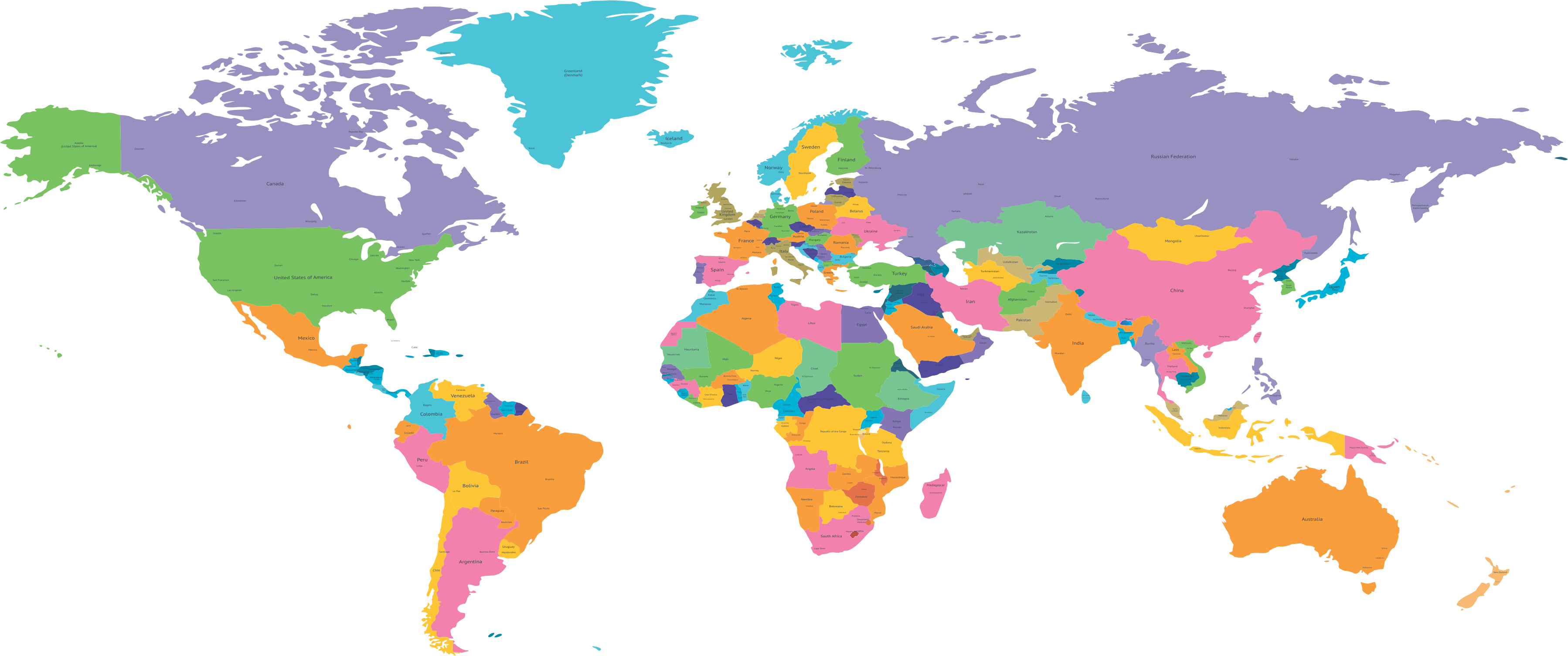Studying Fake News Spreading, Polarisation Dynamics, and Manipulation: A Study of Language on Social Networks
DOI:
https://doi.org/10.62997/rl.2025.41061Keywords:
Fake News, Polarisation Dynamics, Manipulation, Language Use, Social Networks, Fairclough's Three-Dimensional Model, Digital Information Dissemination, Linguistic Scrutiny, Ideological DividesAbstract
With the propagation of fake news and its effect on societal polarisation, the digital era and social networks offer the opportunity to share information rapidly and widely. The study uses Fairclough three dimensional language model in the broader context of social networks, to understand how fake news spreads, how polarisation dynamics work and how it manipulates people. By textually, discursively, and socially analysing the propagation of digital information, the research explains how language exerts or is exerted upon by digital information propagation. The analysis of fake news reveals effective practices of favorable dissemination of insidious manipulation, weighed by linguistic scrutiny. In addition to focusing on language in the study of polarisation dynamics, the study urges us to understand the function of language to minimise polarisation, pointing to the necessity of understanding discursive practices to mitigate polarisation. The research examines how language choices on social networks enhance or shape public opinion and perceptions by having manipulative features. Fairclough's model helps as a strong framework in uncovering the power of language dynamics in cultivating a more extensive comprehension of manipulating mechanisms. The study's findings revealed the persuasive linguistic choices in fake news employed to mislead the readers. The study offers a valuable guidance for scholars and policymakers to cope with the negative impact of these phenomena on our interwoven world.
References
Aïmeur, E., Hage, H., & Amri, S. (2018, December). The scourge of online deception in social networks. In 2018 International Conference on Computational Science and Computational Intelligence (CSCI) (pp. 1266-1271). IEEE. https://doi.org/10.1109/CSCI46756.2018.00244
Bessi, A., & Ferrara, E. (2016). Social bots distort the 2016 US Presidential election online discussion. First monday, 21(11-7). https://papers.ssrn.com/sol3/papers.cfm?abstract_id=2982233
Edgerly, S., Mourão, R. R., Thorson, E., & Tham, S. M. (2020). When do audiences verify? How perceptions about message and source influence audience verification of news headlines. Journalism & Mass Communication Quarterly, 97(1), 52-71. https://doi.org/10.1177/1077699019864680
Ferrara, E., Varol, O., Davis, C., Menczer, F., & Flammini, A. (2016). The rise of social bots. Communications of the ACM, 59(7), 96-104. https://dl.acm.org/doi/abs/10.1145/2818717
Friggeri, A., Adamic, L., Eckles, D., & Cheng, J. (2014, May). Rumor cascades. In proceedings of the international AAAI conference on web and social media (Vol. 8, No. 1, pp. 101-110).
García, S. A., Gómez García, G., Sanz Prieto, M., Moreno Guerrero, A. J., & Rodríguez Jiménez, C. (2020). The impact of the term fake news on the scientific community. Scientific performance and mapping in a web of science. Social Sciences, 9(5), 73. https://doi.org/10.3390/socsci9050073
Hango, D. (2014). University graduates with lower levels of literacy and numeracy skills. Statistics Canada= Statistique Canada.
Jwa, H., Oh, D., Park, K., Kang, J. M., & Lim, H. (2019). exbake: Automatic fake news detection model based on bidirectional encoder representations from transformers (bert). Applied Sciences, 9(19), 4062. https://doi.org/10.3390/app9194062
Kumar, S., & Shah, N. (2018). False information on web and social media: A survey. arXiv preprint arXiv:1804.08559. https://doi.org/10.48550/arXiv.1804.08559
Liu, Y., & Wu, Y. F. (2018, April). Early detection of fake news on social media through propagation path classification with recurrent and convolutional networks. In Proceedings of the AAAI conference on artificial intelligence (Vol. 32, No. 1). https://doi.org/10.1609/aaai.v32i1.11268
Mottola, S. (2020). Las fake news como fenómeno social. Análisis lingüístico y poder persuasivo de bulos en italiano y español. Discurso & Sociedad, (3), 683-706. http://www.dissoc.org/en/ediciones/v14n03/DS14(3)Mottola.pdf
Newman, M. L., Pennebaker, J. W., Berry, D. S., & Richards, J. M. (2003). Lying words: Predicting deception from linguistic styles. Personality and social psychology bulletin, 29(5), 665-675. https://doi.org/10.1177/0146167203029005010
Pennebaker, J. W., & King, L. A. (1999). Linguistic styles: language use as an individual difference. Journal of personality and social psychology, 77(6), 1296. https://psycnet.apa.org/doi/10.1037/0022-3514.77.6.1296
Pennebaker, J. W., Mehl, M. R., & Niederhoffer, K. G. (2003). Psychological aspects of natural language use: Our words, our selves. Annual review of psychology, 54(1), 547-577. https://doi.org/10.1146/annurev.psych.54.101601.145041
Qian, F., Gong, C., Sharma, K., & Liu, Y. (2018, July). Neural User Response Generator: Fake News Detection with Collective User Intelligence. In IJCAI (Vol. 18, pp. 3834-3840). https://www.ijcai.org/proceedings/2018/0533.pdf
Said-Hung, E., Merino-Arribas, A., & Martínez-Torres, J. (2021). Evolución del debate académico en la Web of Science y Scopus sobre unfaking news (2014-2019). Estudios sobre el Mensaje Periodístico, 27(3), 961-971. https://dx.doi.org/10.5209/esmp.71031
Sharma, K., Qian, F., Jiang, H., Ruchansky, N., Zhang, M., & Liu, Y. (2019). Combating fake news: A survey on identification and mitigation techniques. ACM transactions on intelligent systems and technology (TIST), 10(3), 1-42. https://doi.org/10.1145/3305260
Shi, P., Zhang, Z., & Choo, K. K. R. (2019). Detecting malicious social bots based on clickstream sequences. IEEE Access, 7, 28855-28862. https://doi.org/10.1109/ACCESS.2019.2901864
Shu, K., Sliva, A., Wang, S., Tang, J., & Liu, H. (2017). Fake news detection on social media: A data mining perspective. ACM SIGKDD explorations newsletter, 19(1), 22-36. https://doi.org/10.1145/3137597.3137600
Shu, K., Wang, S., & Liu, H. (2018, April). Understanding user profiles on social media for fake news detection. In 2018 IEEE conference on multimedia information processing and retrieval (MIPR) (pp. 430-435). IEEE. https://doi.org/10.1109/MIPR.2018.00092
Silverman, C. (2015). Lies, damn lies and viral content. https://doi.org/10.1109/MIPR.2018.00092
Zhou, L., & Zhang, D. (2008). Following linguistic footprints: Automatic deception detection in online communication. Communications of the ACM, 51(9), 119-122. https://dl.acm.org/doi/fullHtml/10.1145/1378727.1389972




